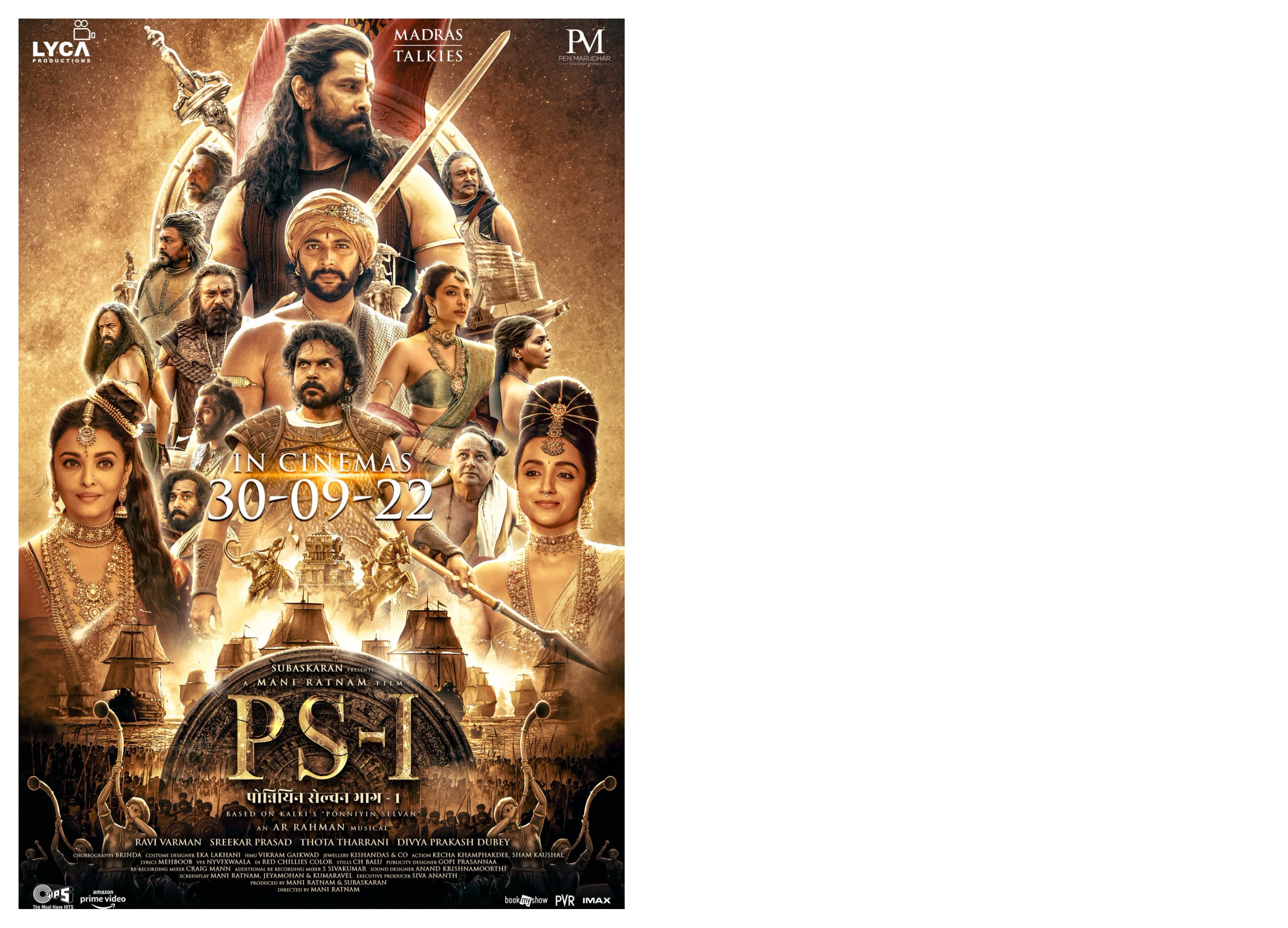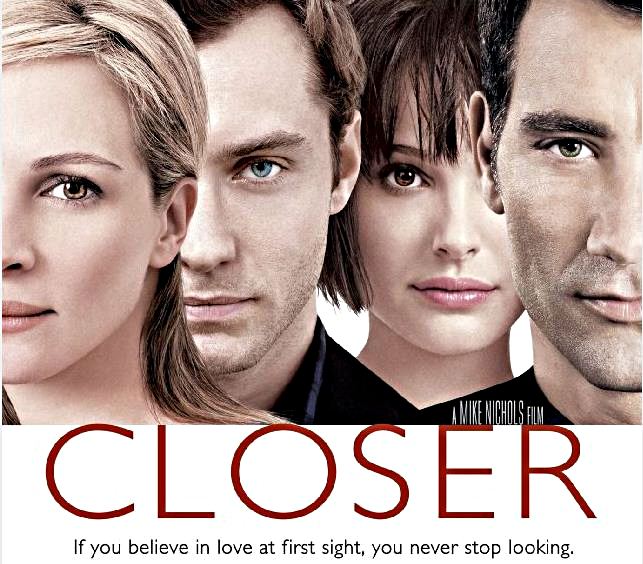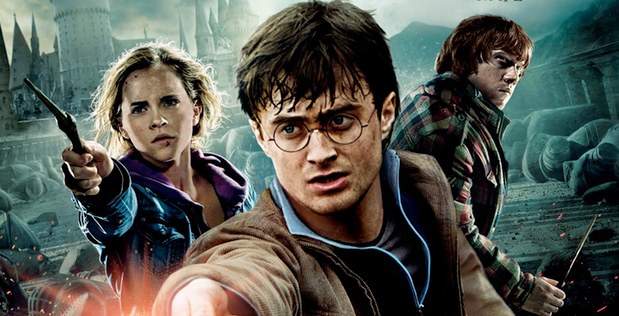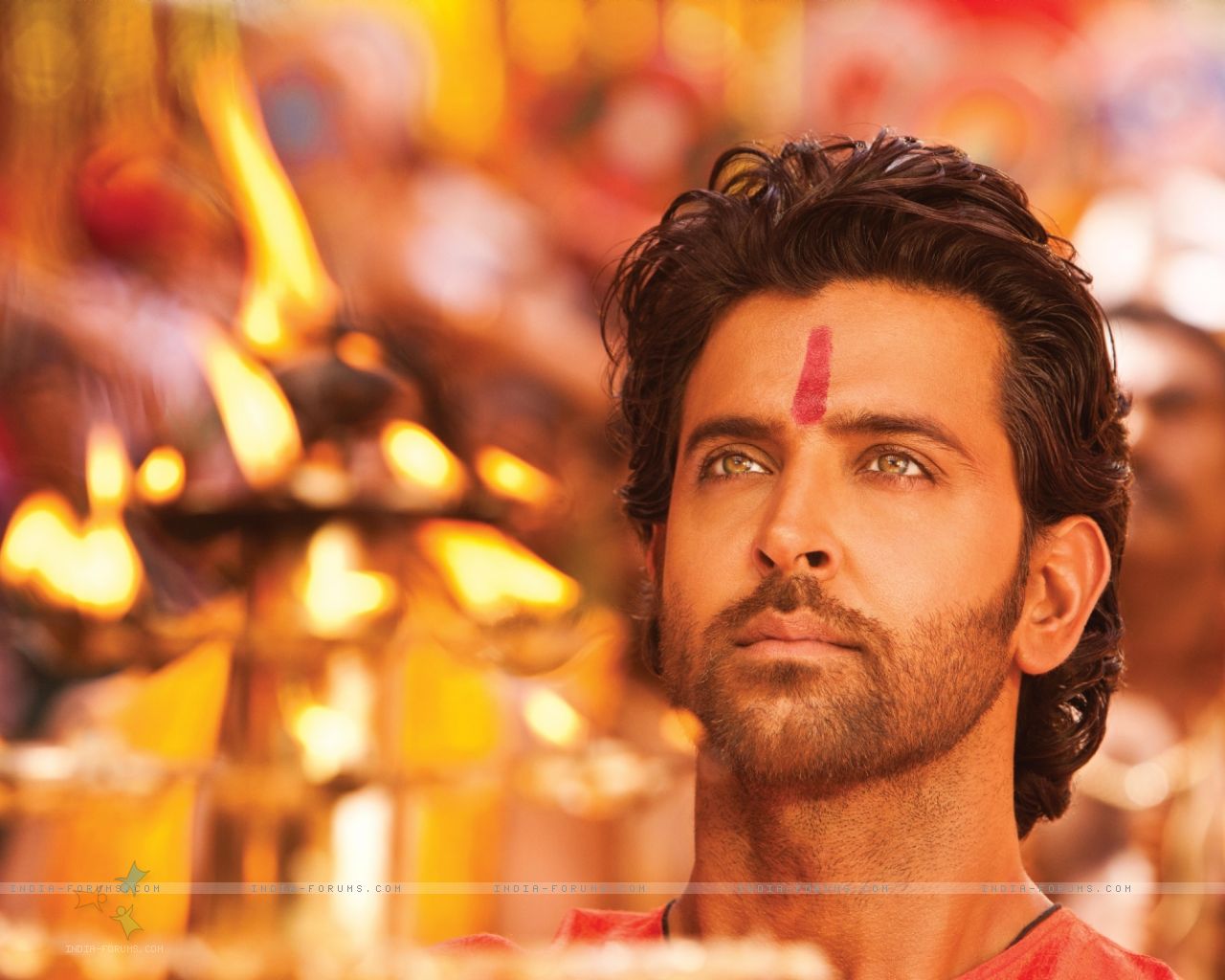PONNIYIN SELVAN 1
PONNIYAN SELVAN PART 1 : MOVIE REVIEW
2.5 STARS / 5 : ABOVE AVERAGE
DIRECTOR : MANI RATNAM
EPONYMOUS SOURCE NOVEL BY –
KALKI KRISHNAMURTHI
TAMIL (ENGLISH SUBTITLES AVAILABLE), 2022
RATNAM FRIES SOME BATURE WITH CHOLAS
After Ratnam’s ‘Dil Se’, I have remained one of the few suckers in the world who expect similar mind-smashing magic in each of his films, never mind the desert of the last quarter century. Ponniyin Selvan Part 1 features one such heaven-soaring, maddening sequence that flies out of nowhere just before the intermission. Chola Crown Prince Aditha Karikalan (Vikram) – the thousand-year-old patron saint of love-failure heroes who have haunted the heart of Tamil cinema – cannot forget his childhood love Nandini (who can ever forget a lass like Aishwarya) even though she is irrevocably lost to him in this life. The surrounding is like a misty mountainside and Ravi Varman’s Ratnam-style camera floats around the grievous hero, its perambulation getting more deliriously undulating as he soaks and drenches in the fathomless pathos of what could have been. That haemorrhaging heart is then unexpectedly knifed, further, with the genius placement of the song ‘Chola Chola’ whose celebratory ebullience gets a ten times better undertow as it seeks to turbo-charge this emotionally buried roil. When this kind of dizzyingly stylish juxtaposition happens, it does not matter whether it is the age of Cholas or Rahman – time dissolves in peerless cinematic style. The sequence showcases the classic cataclysmic clash of the arrows of difficult love and worldly pressures that Mani Ratnam has specialized in perhaps more than any other international auteur. ‘Enaka inda ponnu pudichiraka’ (‘It is this lady whom I like’) - Arvind Swamy says pointing at Madhu in ‘Roja’. Such unreasonable demands of the heart never cease from the auteur’s Kashmir to Kanchipuram.
As for the rest of the film set in a period a thousand years ago (Part 2 will release next year), whose story is based on a power struggle between the iconic Indian dynasty of the Cholas and rival groups who want to usurp the throne, it is merely decent, with its greatest asset being solid performances by its marquee quintet of heroines and heroes. It does not matter that Ratnam now clocks age 66 – if he could hit the ball out of the royal garden as evidenced in the above sequence, he could have invested similar gravitas and inspiration throughout – that skill fails him as it has done too many times before. The film’s two biggest downers are its inability to incorporate successive riveting sub-plots, and its failure to properly choreograph powerful fight sequences.
Rs.250 crore has been pumped into the sets, paraphernalia and people, with similar wads into Part 2, and with week one’s world gross nearing Rs.350 crore, the film has done financially well but it could have doubled its earnings with a snappier rein, especially with Tamilians eager to show their appreciation after finally being given a film of the greatest dynasty that ruled the land.
An ailing ageing King Sundara Chola (Prakash Raj) looks ready to quit the mortal coil, his sorry body the recipient of various therapies including acupuncture – one of the very few period details you may hope to glean from this film which is supposed to be set a millennium ago but is culturally oblivious to the wealth of finer details from the era that could have added so much texture. Sundara Chola has two sons – Aditha Karikalan (Vikram), and Arulmozhi Varman (Jayam Ravi) – both strapping blokes with strong personalities and robust sword-swinging chops. Aditha, headstrong, moves north with noble kingly desire to kill people and usurp their properties. Arulmozhi, more willing to bow his head but no less power hungry, sails south to attack Lanka. The young swashbuckling horse-riding hero, however, who is our guide to this story, is Vallavaraiyan (Karthi) who fights alongside Aditha in the film’s first battle and is then sent by the latter to meet with all and sundry in the land and seas.
Pic’s best assets by a Ponni mile, are the pulchritudinous, gorgeously bedecked ladies – Trisha (Princess Kundavai) and Aishwarya Rai Bachchan (Nandini). Trisha, almost always with a smile that accentuates her oh-so-pretty visage crowned by a lush shapely bouffant, often outshines the resplendent Aishwarya, if such a thing were possible. Ratnam, as if to atone, puts all the gold, gems and silk from Kanjeevaram on Aishwarya’s bosom and has Ravi Varman glowingly photograph her face and jewellery in a sublime portrait that would have all the big houses from Malabar to Joy Alukka to Tribhovandas aflame with envy. When Trisha holds forth with the men in the royal chambers, I will shamelessly report, I was so entranced by her gorgeosity that I had trouble fulfilling my duties as a movie reviewer. It is the unique achievement of this movie, as she never had this effect on me before.
I realize it is thoroughly vulgar and politically incorrect to comment only on the physical assets of the ladies (when Manohla Dargis does it for Brad Pitt, that’s supposed to be okay), and one really hopes they have some equally dazzling acting chops in the second installment. There are some other ladies in this movie too, and one I thought looked like Rukmini Vijaykumar but no such luck (there we go again). This is not to take away anything from the ladies but Ratnam’s greatest achievement in this film is his peerless showcasing of the fairer sex and he has done this over the decades as exquisitely, as magnificently as any other person on this planet – from Anu Aggarwal in ‘Chandralekha’ song, to Manisha Koirala in ‘Dil Se’ to the Pengal in P S 1.
The first battle sequence foretells the poor action choreography – the same audience-insulting lazy incompetent nonsense with hundreds of cuts obscuring any real flow of action (the real cutting warrior here is the editor, not the on-field soldiers). Fail-grade action choreography infects and brings down the entire picture – a very costly mistake for a ‘period action drama’. Except for ‘Dil Se’ where he had action director Allan Amin’s expertise, action has not been Ratnam’s forte and he has not realized this even after decades. See the war action sequences in Sergei Bodrov’s ‘Mongol’ for a decent example, the fight inside the police station in ‘Captain Prabhakaran’ and atop the terrace in ‘Vinnaithaandi Varuvaayaa’ for unique Tamil examples, and the Game of Thrones’ ‘Battle Of The Bastards’ for a great example. Action choreography is dead serious business but is ignored by too many cineastes, and a blind spot for one reviewer too many who think thespian aspects are all there is to cinema.
Even in drama, Ratnam is inconsistent here. The first half picks up some steam, but for much of its prolonged 167 runtime, the group rivalry, intrigues and ambushes are mediocre. See the progression, creativity and daring from scene to scene, from start to end, in a film like ‘Aayirathil Oruvan’ and you will know what is juice, pulp, glee and rapture in story-telling. Very few such bangs, swirls and cascades ensue in PS I’s mostly starched folds. People scheme against each other, there are raids and killings, and discussions but the sharp edge is missing from the sword.
Sets are lavish – you can see where the money has gone, and there are some creative touches like a stalactite-studded vast arena in Lanka where Buddhists hold court. But finer period details of day-to-day life are sadly missing. In one of the movie’s promotional events, the actor and star Vikram holds forth on how the Brihadishwara temple’s towering ‘Gopuram’ was constructed circa 1000 AD without modern techniques and without cement. Hopefully we can see some snatches of this virtuosity of yore in Part 2.
The might of the Cholas has not inspired the great A. R Rahman to give music for the ages. One can’t put all the blame on him – the film does not have enough depth and chutzpah to inspire great music. And thirty years in the industry are taking their toll even on this maestro amongst maestros. Background music is forgettable. Both Ponni Nadhi and Chola Chola songs have potential, and the Rahman of ten years ago, with a stronger narration prodding him, might have brought down the roof down instead of just rattling the timbers. But ‘Alaikadal’ – the lilting, enchanting singer is Antara Nandy, not Shreya Ghoshal – makes up somewhat, a fine Chola sherry in a slender snifter. Still expecting Ratnam fireworks in this day and age ? Grab your favourite drink and relax by the fireside and stay home – everything eventually comes on streaming these days.
UPN
UPNWORLD welcomes your comments.










0 COMMENTS
WRITE COMMENT